In the restless corners of Kolkata, Mother Teresa lived not as a saint above suffering, but as a fragile woman who wrestled with unseen loneliness, yet turned that private darkness into a luminous harbour for those abandoned by hope.
A twelve-year-old girl in 1920s Albania, sitting quietly in church while others prayed loudly. Agnes Gonxha Bojaxhiu wasn’t the kind of child who drew attention; she preferred watching her mother’s gentle acts of kindness rather than speaking up for herself. Yet within this reserved heart burned something extraordinary. When her father died unexpectedly, leaving the family struggling financially, young Agnes witnessed something that would shape her entire destiny. Despite their poverty, her mother continued opening their home to hungry neighbours, telling Agnes, “Beta, these people are our family too. God tests our love through them.”
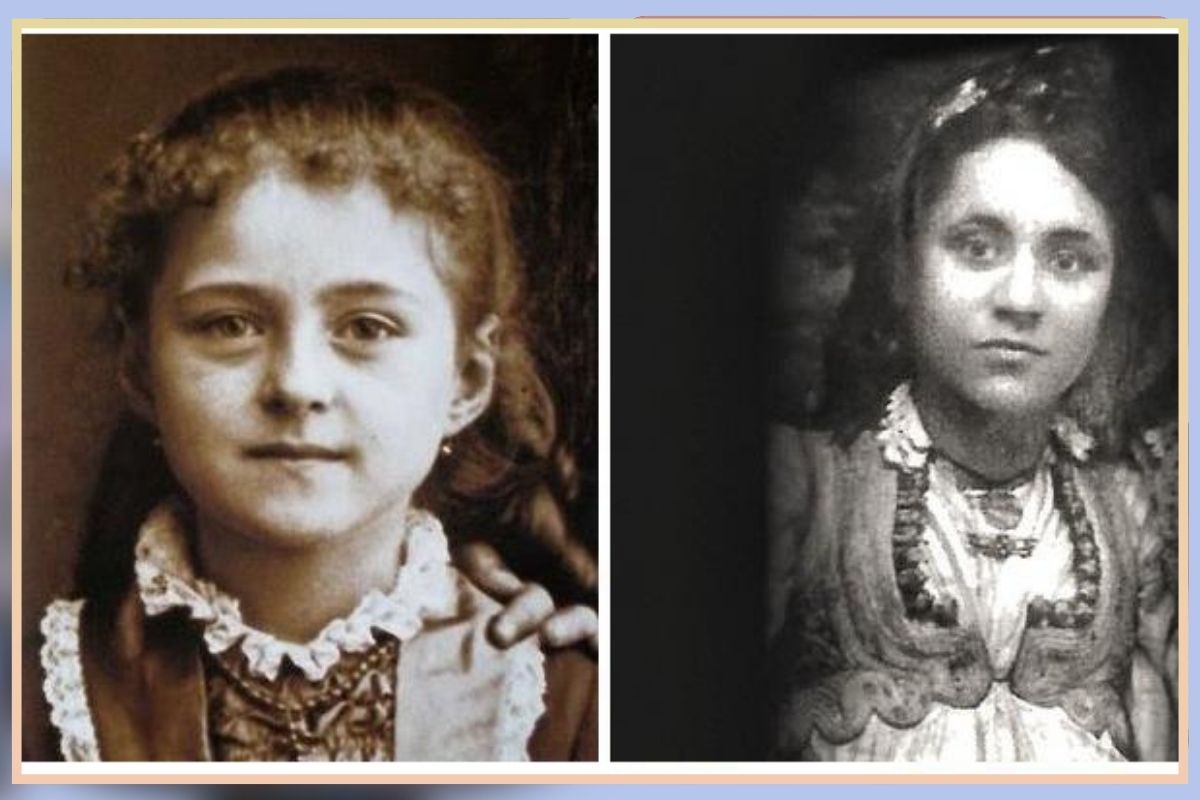
The defining moment came during winter evenings when her mother secretly sent Agnes to deliver food parcels to families too proud to ask for help. Walking through snow-covered streets, the shy girl learned that real love doesn’t announce itself; it simply serves. When Agnes announced her decision to join the Loreto nuns in Ireland at eighteen, her mother wept but understood. “Put your hand in His hand and walk alone with Him,” she advised. Agnes would never see her family again, but she carried their lessons of selfless service across continents. This quiet Albanian girl, who once hid behind her mother’s saree, was preparing to become the voice of the voiceless millions in a distant land called India.
Mother Teresa: Begging for Bread and Courage
September 1946 changed everything. While travelling on a dusty train to Darjeeling, something stirred within Sister Teresa’s heart: “the call within the call.” God was asking her to leave the comfortable walls of Loreto Convent and serve “the poorest among the poor” directly. Imagine the terror: a 36-year-old woman, accustomed to scheduled meals and secure shelter, suddenly walking into Kolkata’s most desperate slums with nothing but faith and a five-rupee note.
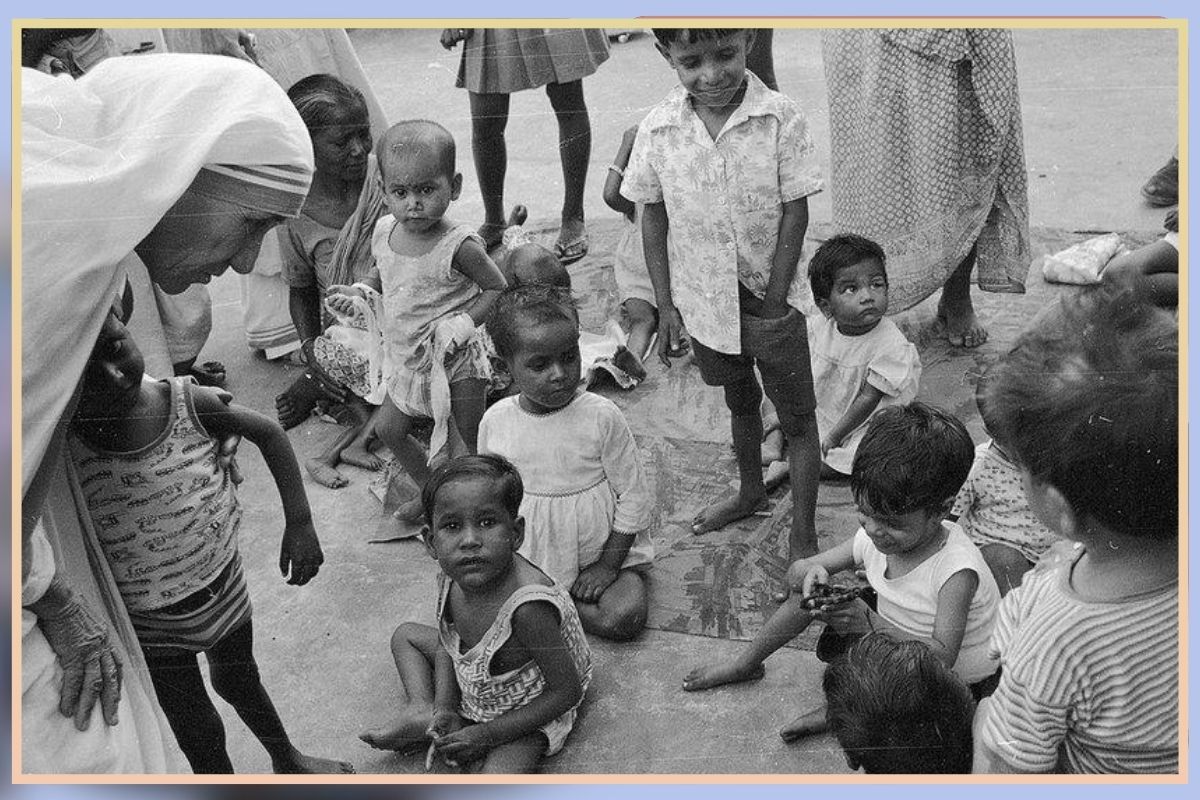
Those first months were brutal. The woman who once taught geography to privileged students now sat under banyan trees, using sticks to write the Bengali alphabet in the dirt for barefoot children. Some days, she went hungry, knocking on doors to beg for rice and medicines. “Today I learned that even I am just one among the poor,” she wrote in her diary. Local people stared suspiciously at this foreign woman in a simple white cotton saree with blue borders—was she another missionary trying to convert them? Even some of her former Loreto sisters whispered doubts about her sanity.
But every rejection taught her resilience. When landlords refused her space, she found corners under staircases. When medical supplies ran out, she learned to make do with love and prayer. The breakthrough came when she simply began doing what her mother had taught her, showing up consistently with gentle hands and an open heart. Slowly, trust grew, and the woman who once begged for bread became the beacon that hundreds would follow.
Dark Nights, Hidden Fears, Unseen Miracles
Here lies the most shocking truth about Mother Teresa: For nearly fifty years, she felt spiritually empty. While the world saw a glowing saint, her private letters revealed agonising darkness: “In my soul, I feel just that terrible pain of loss, of God not wanting me, of God not being God, of God not existing.” This wasn’t a brief crisis of faith; it was decades of feeling abandoned by the very God she served so publicly.
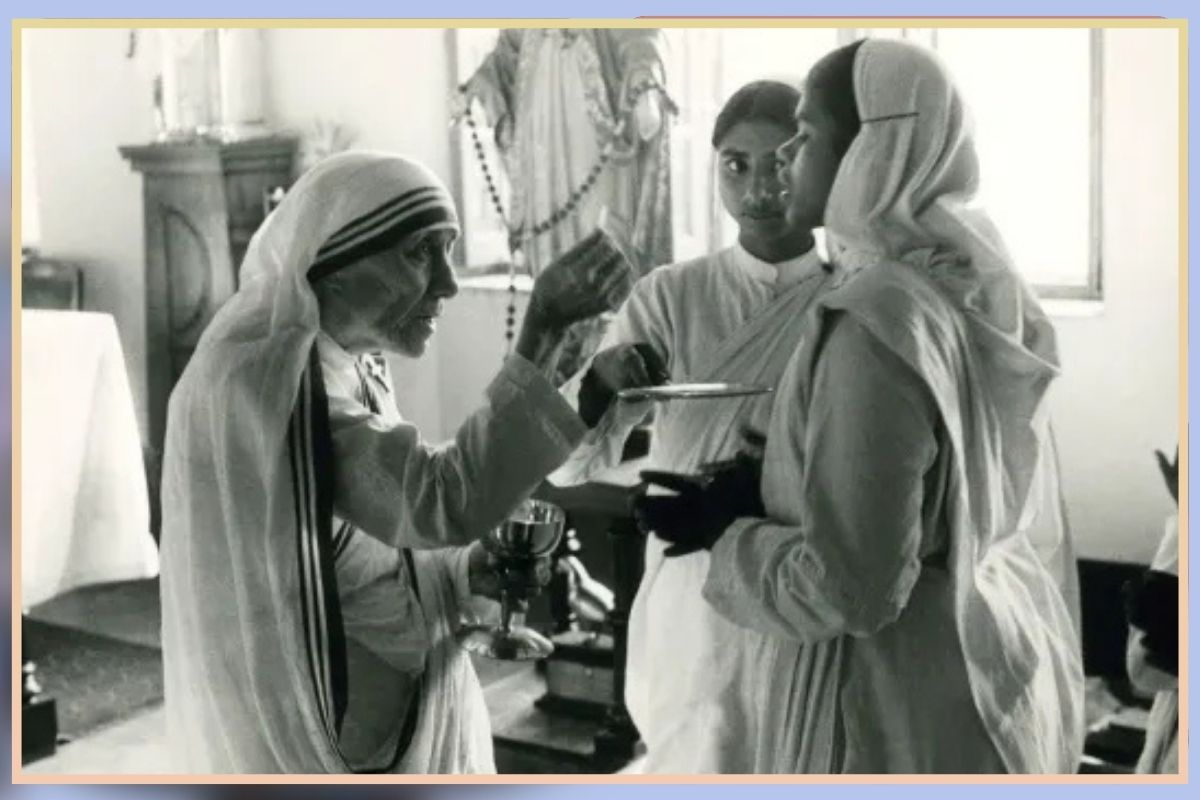
Yet this darkness became her greatest strength. Understanding abandonment intimately, she could sit with dying lepers who felt forgotten by society. Having wrestled with doubt, she could comfort those whose faith had shattered. Her spiritual drought made her incredibly human; she knew exactly how it felt when prayers seemed to bounce off the ceiling. “Darkness is such that I really do not see, neither with my mind nor with my reason,” she wrote, yet each morning she rose to serve.
This hidden struggle makes her documented miracles even more remarkable. In 1969, Malcolm Muggeridge filmed her work in extremely dim light, yet the footage emerged surprisingly bright, which became known as the “Kindly Light” miracle. More importantly, she performed daily miracles of dignity: washing gangrenous wounds without flinching, holding dying babies while singing lullabies, and convincing hostile families to reconcile at deathbeds. Her darkness taught her that faith isn’t about feeling God’s presence but choosing love when everything feels hopeless. This makes her perhaps the most relatable saint in history.
Little Moments, Big Love: The Secret Stories
The honest Mother Teresa wasn’t found in grand ceremonies but in tiny, tender moments witnessed by few. A volunteer once described watching her spend an entire afternoon braiding the hair of a dying woman, simply because the patient had whispered, “I want to look beautiful when I meet Jesus.” Another day, she noticed a journalist filming her work and gently asked him to stop, not because she was camera-shy, but because she feared the dying man might feel like a spectacle rather than a beloved human being.

Her approach to wealth was revolutionary. When wealthy donors offered luxury cars, she’d politely ask, “How many poor people could we feed with the money you spent on this?” She once auctioned off expensive gifts, using the money to open homes for abandoned children. But she also understood that the rich had their own poverty, emotional emptiness that money couldn’t fill. She treated lonely millionaires with the same tenderness she showed street beggars.
Perhaps her most beautiful quality was seeing extraordinary potential in ordinary people. She convinced former criminals to become caregivers, inspired drug addicts to help with healing work, and transformed angry young protesters into gentle servants. “I can do things you cannot, you can do things I cannot; together we can do something beautiful for God,” she would say. Today, across India and globally, thousands trace their life’s purpose back to brief encounters with this remarkable woman who proved that the smallest acts of love can change the world.
Carrying Forward Mother Teresa’s Legacy
Inspired by her compassion and legacy, Mother Teresa Charitable Trust (MTCT) began after her passing when Dr. G.K. Dhas, a dedicated social activist, was moved by the enormous public sorrow during her funeral procession. Determined to continue her mission of serving the marginalised, he founded the trust to uplift the poor, sick, and underprivileged across India, regardless of caste, creed, or religion.
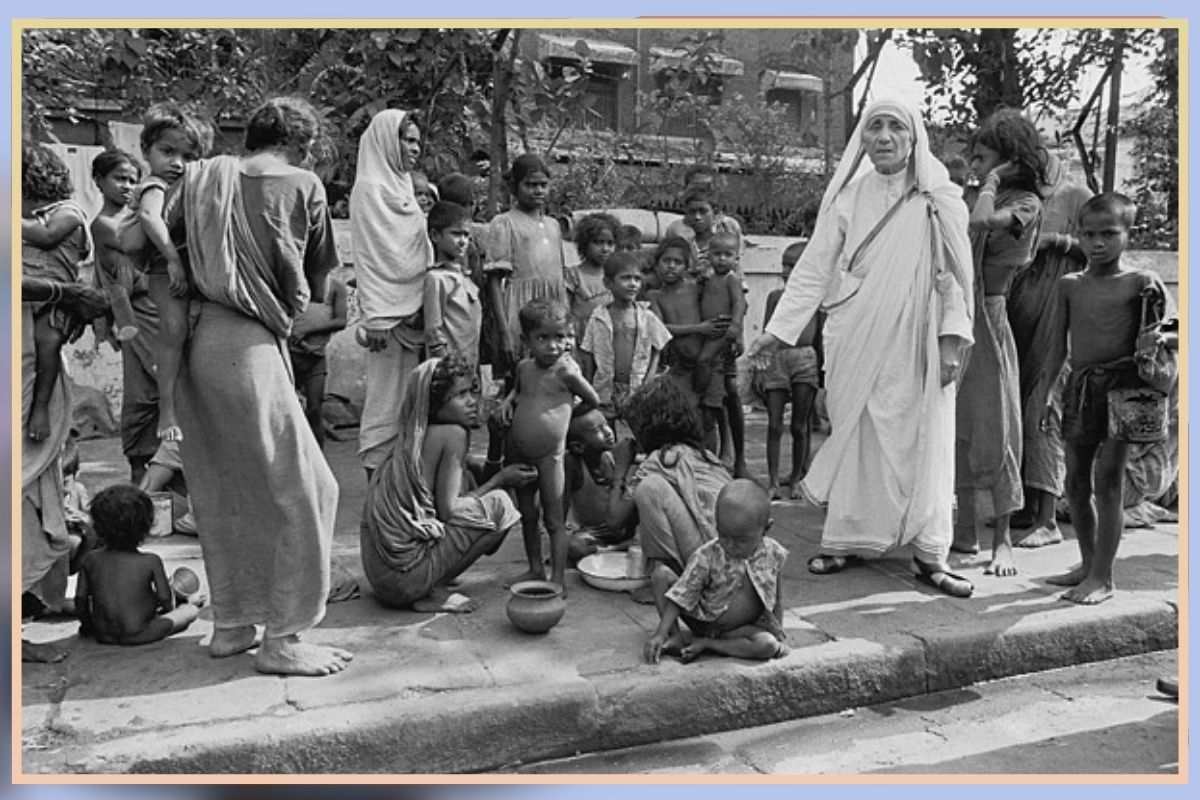
The trust operates through its sub-unit, the Mother Teresa Forum (MTF). It enrols volunteers and forms committees at every level of society, from national to village, building a vast network dedicated to grassroots social work. MTCT coordinates a wide range of welfare services: skill development and vocational training, educational scholarships for people experiencing poverty, evening tuition centres, and free distribution of school materials to promote education for all children.
Women’s empowerment features prominently, with microloans and skill training to support self-employment. Healthcare initiatives include regular health, dental, and eye camps, anti-tobacco campaigns, and a free ambulance service for rural medical emergencies.
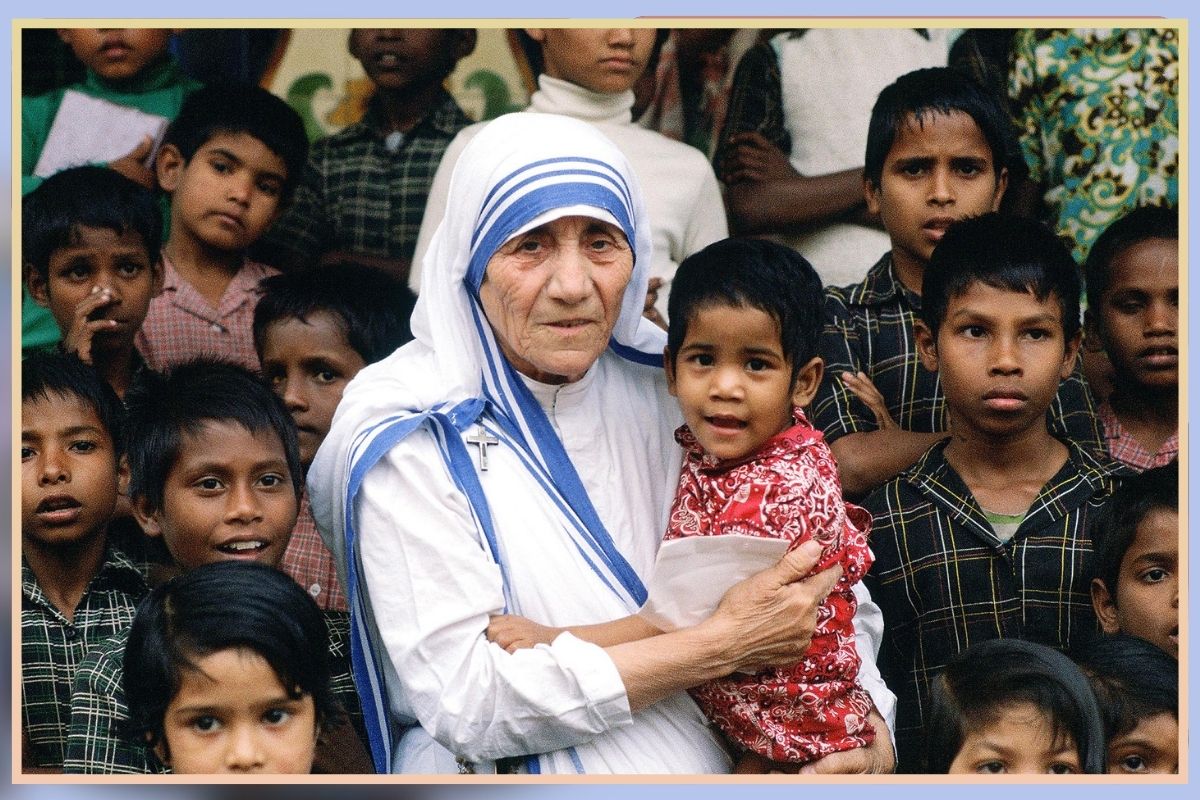
Today, MTCT continues to grow in partnership with government agencies and other NGOs, thanks to support from thousands of donors and volunteers. It runs tailoring institutes, computer training centres, and blood donation guilds, impacting lives in both urban and rural regions. The trust further advances disaster relief, rehabilitation for the differently abled, clean housing initiatives, and legal awareness drives for the marginalised. At its heart, MTCT works tirelessly to honour Mother Teresa’s vision that “Service to Mankind is Service to God,” striving to spread her ideals of love, dignity, and compassion to the most neglected corners of society.
Mother Teresa’s legacy lives on in the Missionaries of Charity, which operates in over 130 countries today, continuing her mission of serving “the poorest of the poor” with unconditional love and dignity.
Also Read: RASA: Transforming Lives Through Theatre Arts – An Inspiring Journey
You can connect with DNN24 on Facebook, Twitter, and Instagram and subscribe to our YouTube channel.

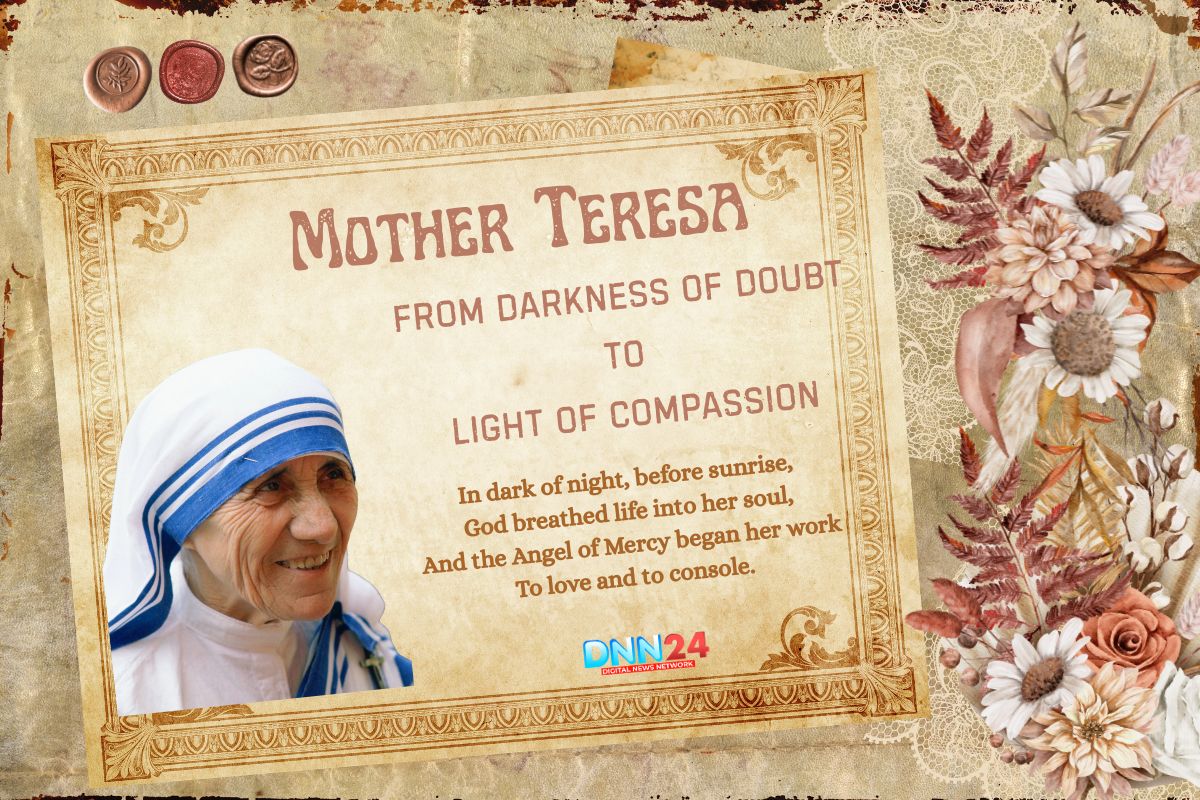
Thank You!